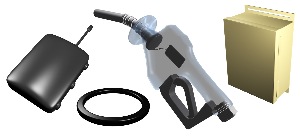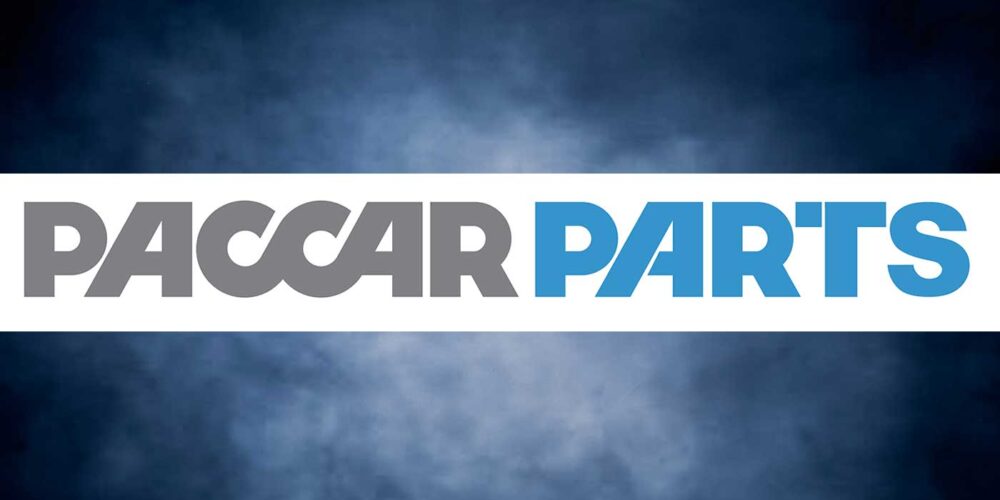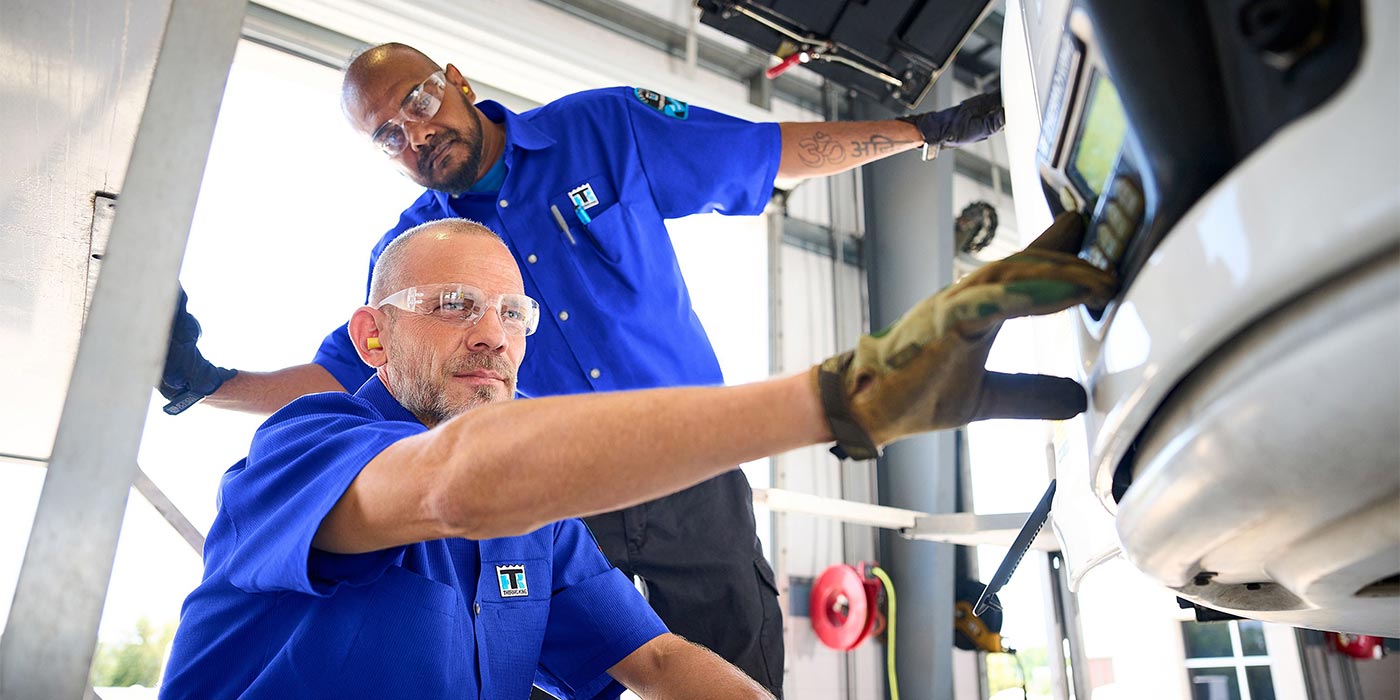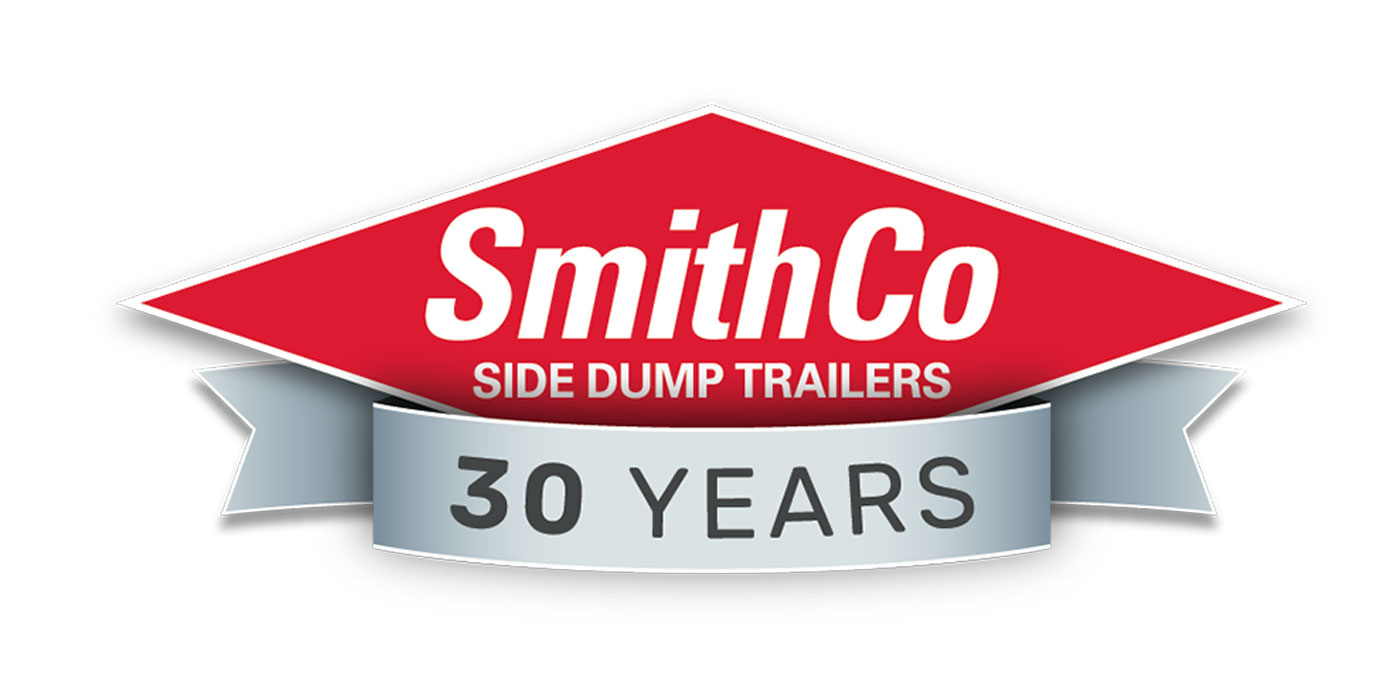 OPW Fuel Management Systems, part of OPW Fueling, a designer and manufacturer of tank gauges and automated fuel-control systems, introduced its new PetroLink Fuel Control System. The system is a completely wireless and monitors fleet vehicle ID, mileage and other important fueling information through the use of RFID technology, the company said.
OPW Fuel Management Systems, part of OPW Fueling, a designer and manufacturer of tank gauges and automated fuel-control systems, introduced its new PetroLink Fuel Control System. The system is a completely wireless and monitors fleet vehicle ID, mileage and other important fueling information through the use of RFID technology, the company said.
PetroLink has been designed to provide the highest level of fuel security, accountability and control while accurately capturing data without driver intervention, all without the need for wires, special swivels, fuel-authorization cards or time-consuming installation, according to the maker. The system will not allow fuel to be dispensed unless the proper RFID tag is identified, providing superior security for fleet managers. In addition, ease of fuel reconciliation is a key benefit from the PetroLink system, which the company said consists of four easy to use and install components, two of which are placed on the vehicle and two that are installed at the fueling station:
• Wireless Tank Transceiver Loop Antenna (TAG) — mounts around the vehicle’s fuel filler pipe. Adaptable to any vehicle, the transceiver cannot be removed without deactivation.
• Vehicle Meter (VM) — installed on the vehicle and reads the vehicle’s odometer and/or hour gauge and transmits the mileage or engine hours to the Wireless Communication Unit.
• Wireless Communication Unit (WCU) — records the data from the nozzle antenna and vehicle meter’s RFID tag and transmits it to the fueling location’s Fuel Site Controller (FSC3000). The WCU is compatible with OPW FMS’ Phoenix fuel-management software.
• Nozzle Antenna (Reader) — a wireless transceiver that is mounted on the fueling nozzle. This antenna reads the vehicle’s RFID tag and transmits the information to the WCU. The information is relayed by the nozzle antenna, which prevents cross-contamination of fuel and ensures that the proper fuel type is dispensed into the vehicle.
When a vehicle outfitted with a PetroLink tag is being fueled, the fuel nozzle antenna reads the tag and transmits the vehicle data to the WCU, which records the driver’s data, as well as the hardware number of the meter installed in the vehicle. The WCU then queries the meter to get an accurate odometer reading before fueling is allowed to begin. This completely wireless process takes only seconds to execute, according to the company.













